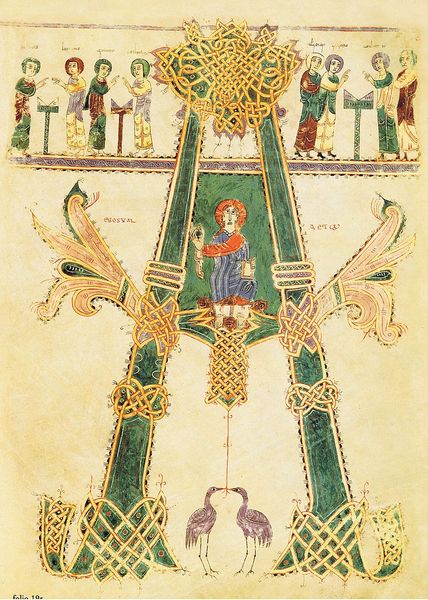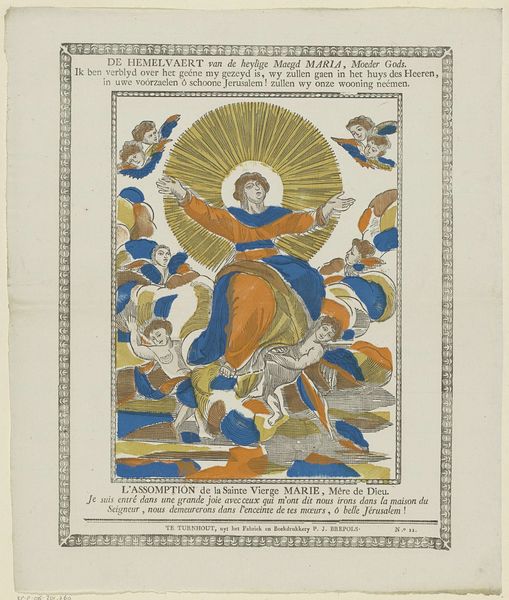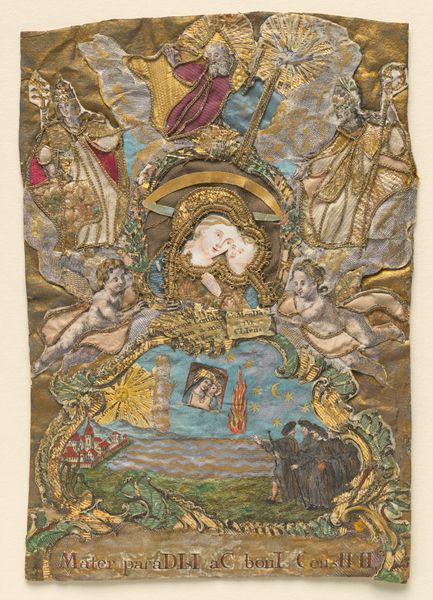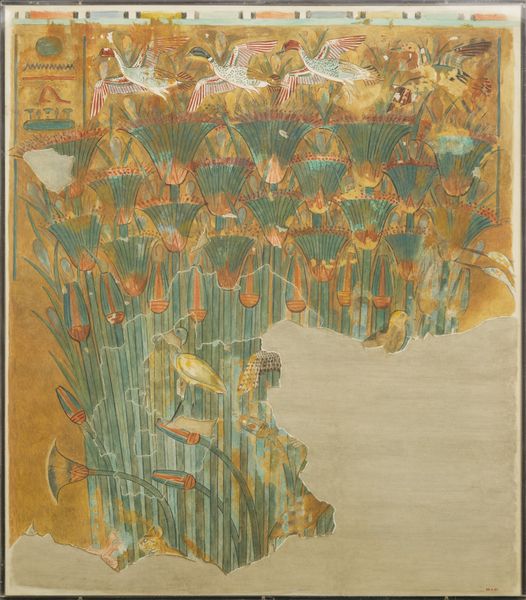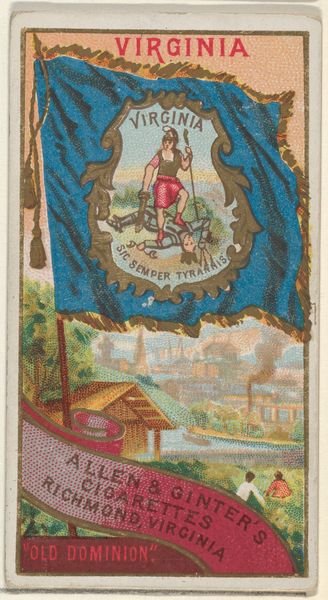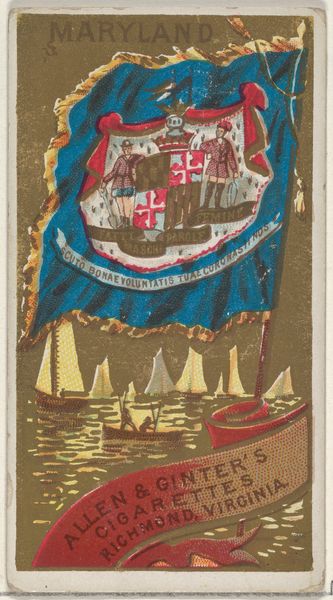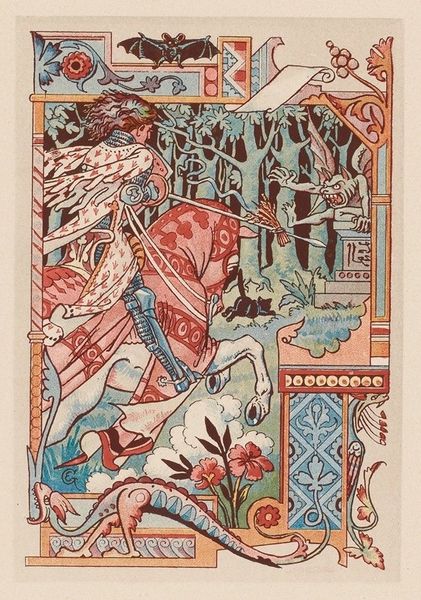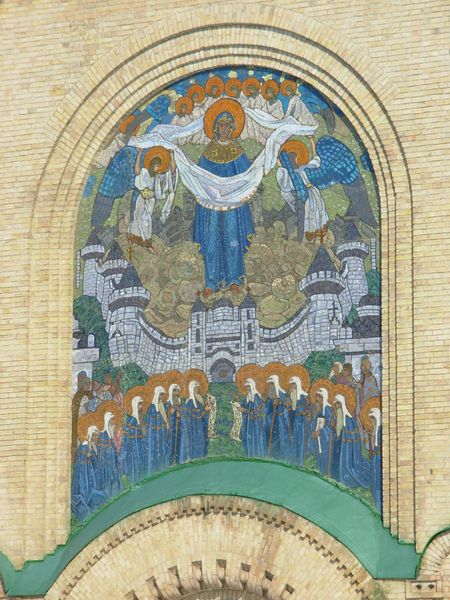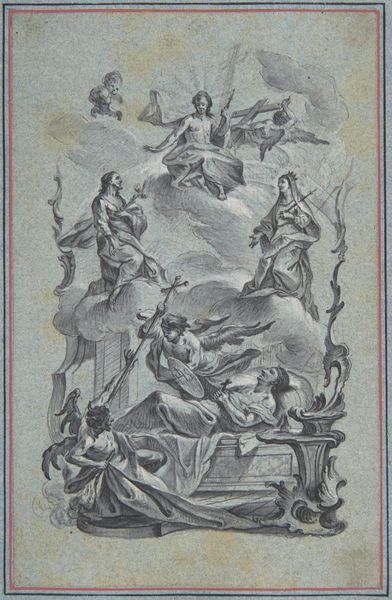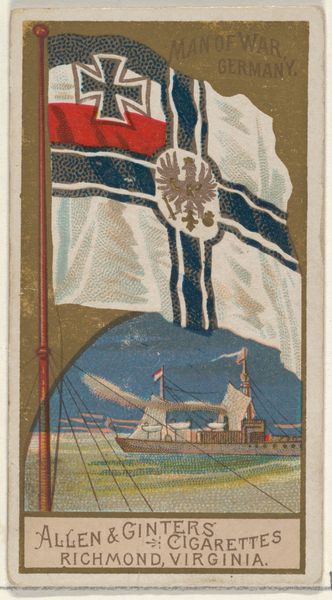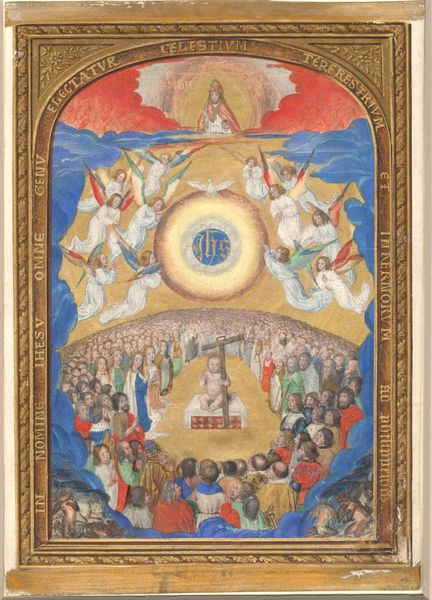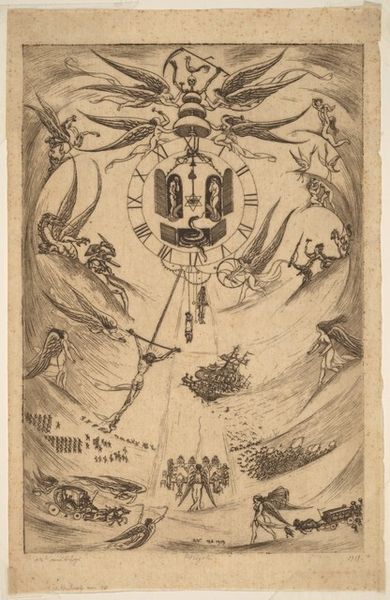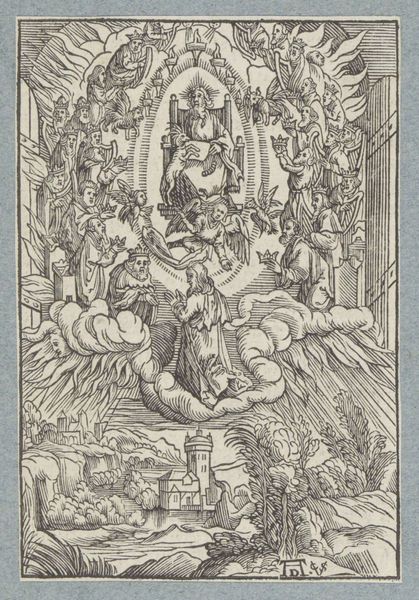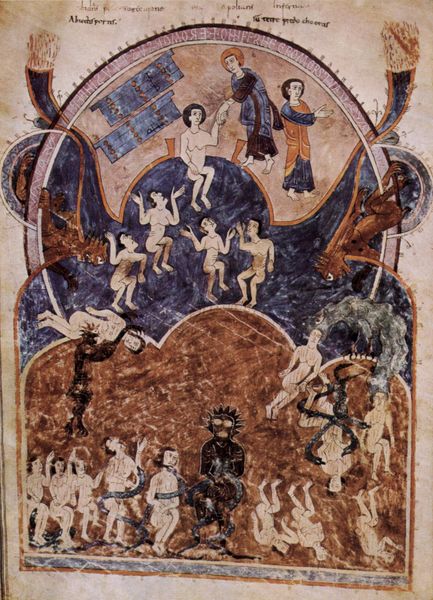
tempera, painting
#
medieval
#
allegory
#
tempera
#
painting
#
figuration
#
history-painting
#
international-gothic
#
miniature
Dimensions: 29 x 21 cm
Copyright: Public domain
Editor: This is “The Fall and Judgement of Lucifer” by the Limbourg brothers, created around 1416 using tempera. It's quite striking! The angels tumbling downwards… it’s so dramatic! How would you interpret this work? Curator: Let’s consider the material reality of this miniature. Tempera, a fast-drying medium made from pigment mixed with egg yolk, allowed for precise detail. Consider how this affects the portrayal of celestial beings and the forces acting upon them. Does the chosen material influence how we understand these biblical actors and the means of representing power? Editor: So, the choice of tempera, being precise, highlights the… controlled depiction of Lucifer’s fall? Curator: Exactly. Also, remember this was produced for a very wealthy patron. The intense blue wasn’t just a stylistic choice; it signaled expense. Think about the labor required to produce the pigment, lapis lazuli. How does knowing the value of the materials shape your understanding of the image’s message about divine power and order? Editor: So, the precious materials amplify the depiction of God and the heavenly host and, therefore, underscore the gravity of Lucifer’s transgression? Curator: Precisely! The miniature form itself served the wealthy; a personal, portable devotion object. Consider also that its use was very different from large scale, publicly displayed painting of the period. Does this proximity – the individual owning this – influence your interpretation of its themes? Editor: I hadn’t thought about that… it being this intimate object almost makes it… more about personal morality? Seeing such dramatic judgement happening to others could provide a potent reminder for one’s self. I see so much more in this now! Curator: Understanding art through its materials and production really unlocks its meaning, doesn’t it?
Comments
No comments
Be the first to comment and join the conversation on the ultimate creative platform.
